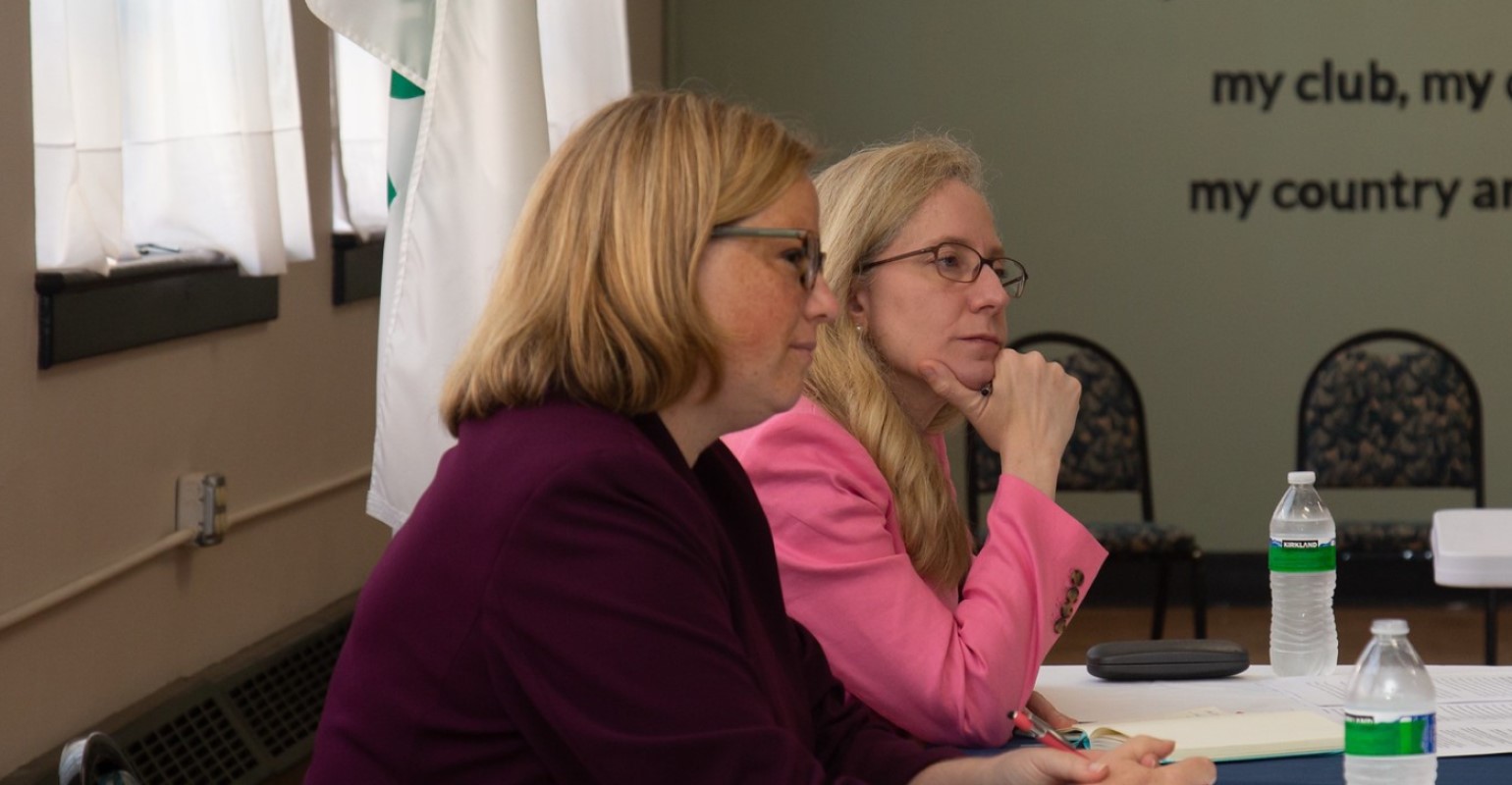In an effort to support local and regional food systems, the USDA announced that it will provide $400 million in support from the America’s Rescue Plan to establish six regional food trade centers. USDA programs designed to build local and regional food systems.
During a keynote call with more than 500 participants Wednesday morning, Agriculture Secretary Tom Vilsack said it was clear at the time of the outbreak that although the food system was efficient, it couldn’t cope as much as needed. “Over the last 18 months, we’ve taken a lot of steps to change that food system,” Vilsack says.
This includes investments in local agricultural marketing efforts and farmers’ markets, support for local and regional meat and poultry production, loan guarantees for mid-level supply chain warehouse and cold storage operations, meat facilities to expand market opportunities across state lines, and more people to farm. An organic transition initiative to encourage them to transition.
“It became clear to us that we needed to do a better job of creating a way for people to easily access information about programs and access the technical support and resources that would enable them to fully access the programs,” Vilsack said.
Jenny Lester Moffitt, USDA’s undersecretary for marketing and regulatory affairs, has seen firsthand the challenges of starting a small business on her family’s almond farm, and the importance of providing support and resources. “This is a major milestone for us at USDA, and an important part of our work to transform our nation’s food system.”
$400 million from America’s Rescue Plan will provide resources to at least six regional food centers for up to five years. The six centers include a USDA National Tribal Center and at least one center each in three target areas: Colonias (counties along the US/Mexico border), persistent poverty, or other high-need/limited-resource Delta areas. and Southeast, and high-demand areas of Appalachia as well as centers in other regions of the country.
Vilsack said the centers’ key responsibilities are to coordinate efforts across federal, state, local and tribal agencies and governments to coordinate how local and regional food systems work and leverage existing programs.
“We believe these food hubs will give us a better understanding of programs to invest in local food systems. And to make sure we focus on underserved and underserved communities, they’re now looking to local food systems as an economic driver for equity,” Vilsack says.
The centers provide comprehensive technical support to everyone in the supply chain, from manufacturers and processors to distributors. And the centers will have enough resources to provide small grants to build capacity, Vilsack added.
“We know that consumers and the market want this and that people want it. And we are very happy to be able to fund these centers and they, in turn, will expand and strengthen our local regional food system, more resilient and we think we will emerge from this crisis better,” continues Vilsack. .
Representative Abigail Spanberger, D-Va., has introduced revised legislation on the House floor to provide permanent funding for these types of regional food centers, welcoming the initial commitment.
“Farmers have to spend a lot of time, energy and money to market their produce. And it’s all at a time when they continue to be challenged,” says Spanberger. “With today’s announcement of Regional Food Trade Centers and other steps to strengthen America’s food system, USDA is working alongside Congress to lay the foundation for a stronger future for small and medium-sized producers and consumers in rural communities across the board.”
Spanbergers bipartisan American Food Supply Chain Resiliency Act “builds on the longevity of USDA’s regional food trade centers because these investments are so important and will be incredibly beneficial to our communities into the future,” Spanbergers explains.
“These resource centers provide locally appropriate coordination between different entities and local supply chains to provide technical assistance to farmers, small and medium producers and agribusinesses. And this initiative leads to stronger supply chains. My bipartisan account is that these centers can support producers and agribusinesses well in the future.” It will make these centers legal to ensure,” she added.
Spanberger explains, “For consumers, these hubs help local producers get through lean years, get the resources they need, and address challenges related to transportation costs, labor and energy costs. Smart investments from the USDA and responsive legislation from Congress can have a big and meaningful impact on small and medium producers, helping them get food to market and improve their bottom lines.
Request for applications
The Agricultural Marketing Service has published applications for this program, initiating a 75-day process. Regional food trade hubs serving these high-need priority areas will identify farm-to-market linkages by geographically targeting different markets. Additional guidance for applications is available in the RFA.
All applications to run a Regional Food Trade Center must come from a partnership of three or more eligible entities representing at least two of the eligible entities. Eligible entities include producer networks or associations, food councils, tribal governments, state agencies or state authorities, institutions of higher education, nonprofit corporations, economic development corporations, and partnerships between one or more eligible entities.
Applications must be submitted electronically at www.grants.gov by 11:59 pm Eastern Time on November 22, 2022. In order to receive funding, applications are subject to an administrative review to ensure that the proposed activities meet the objectives of the Regional Food Trade Centers. Applications received after this deadline will not be considered for funding.





